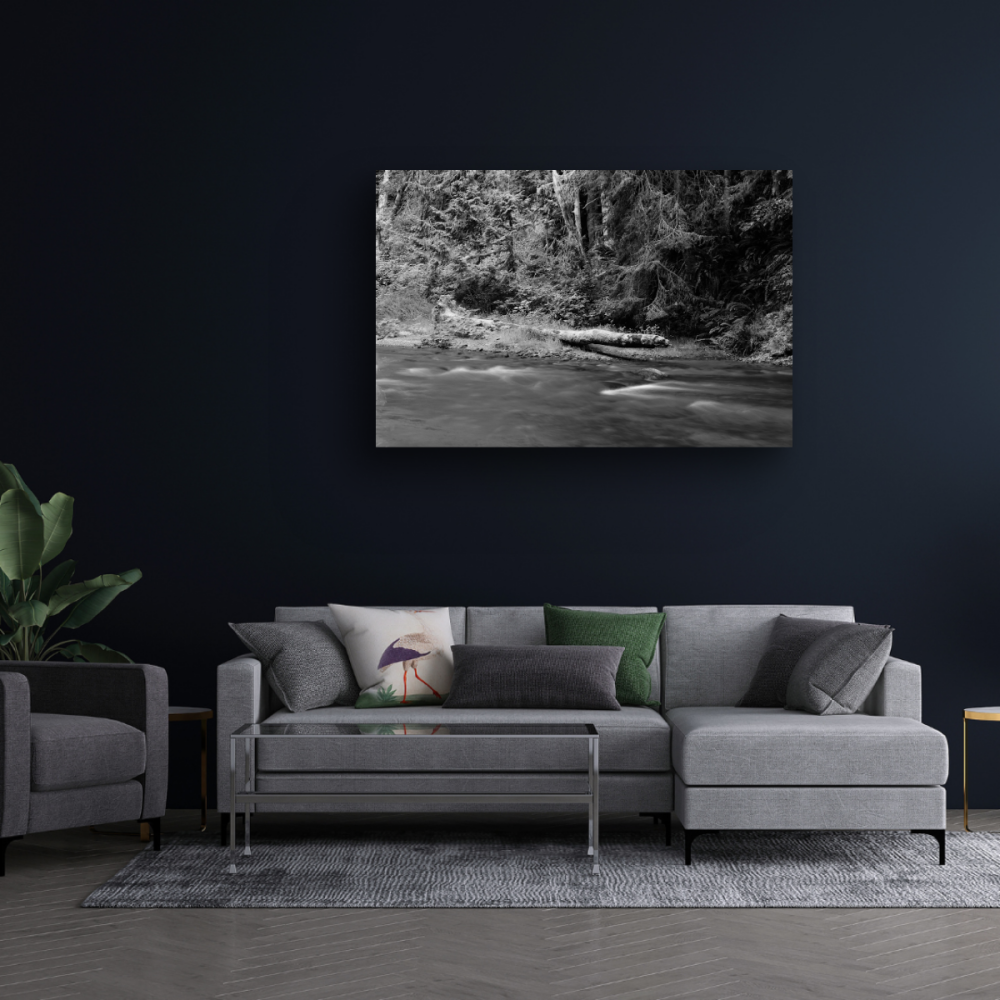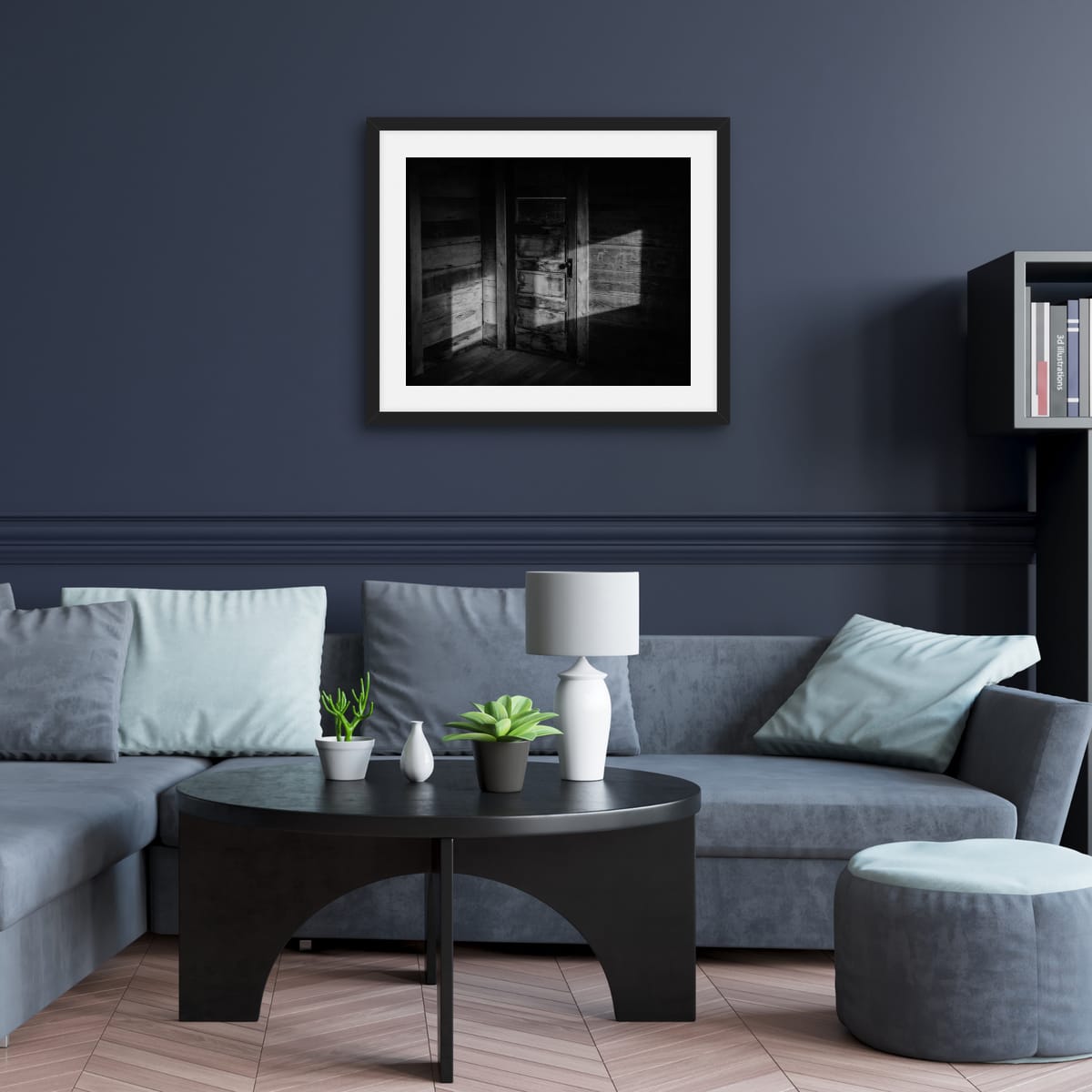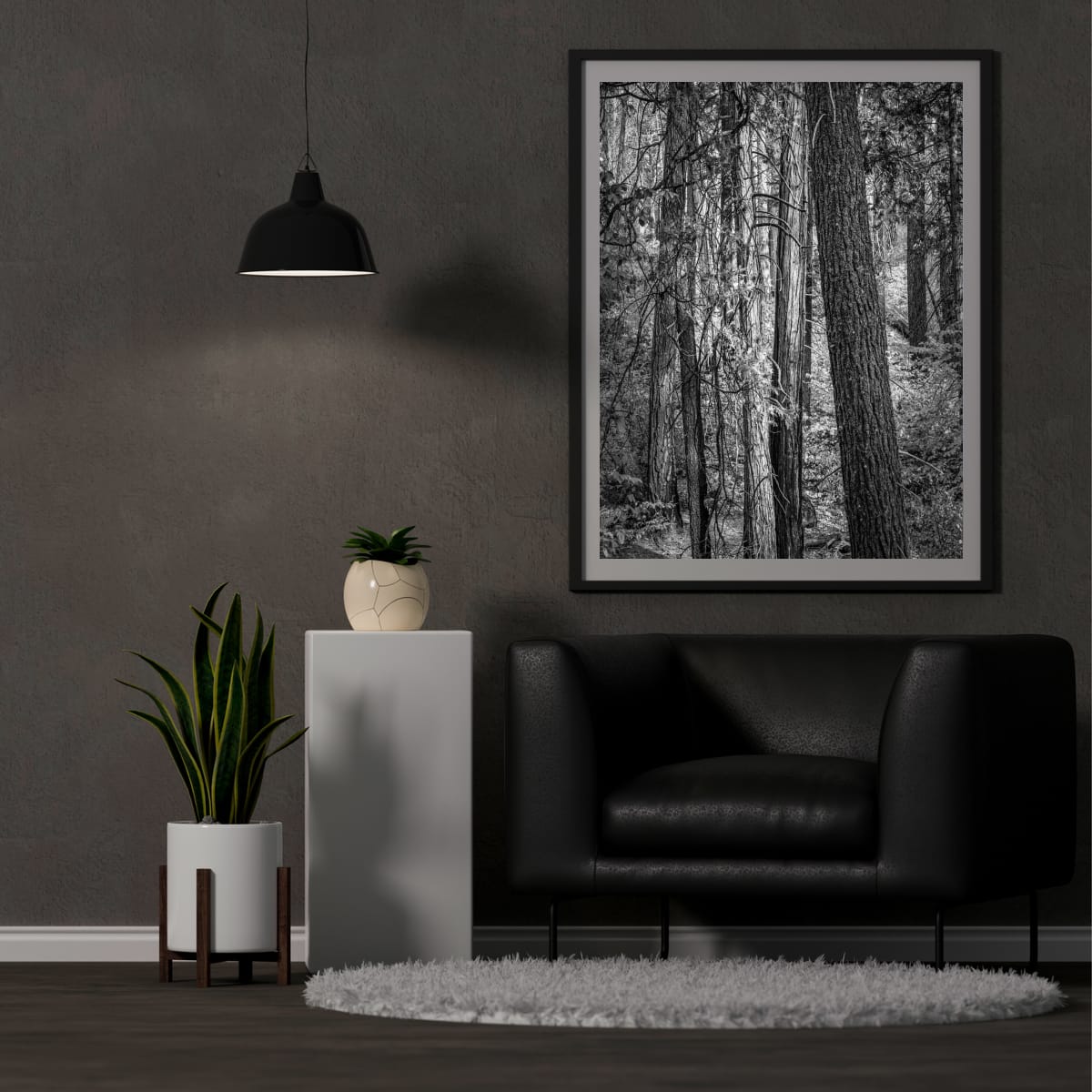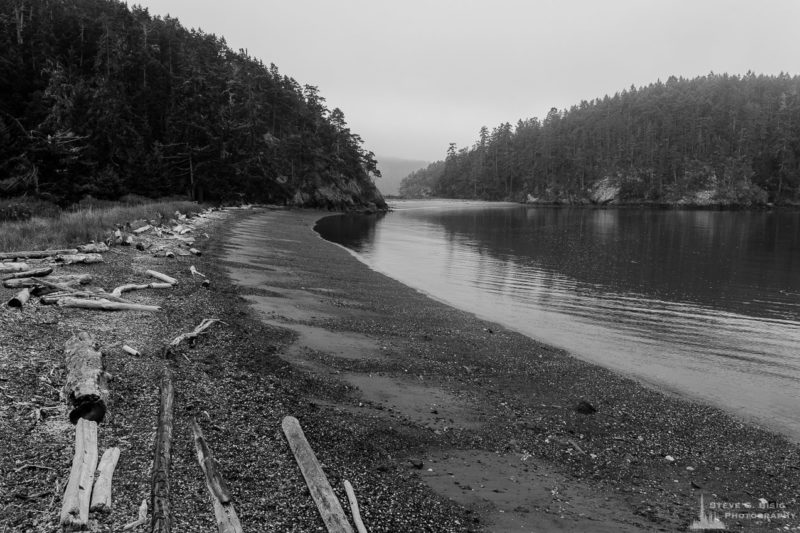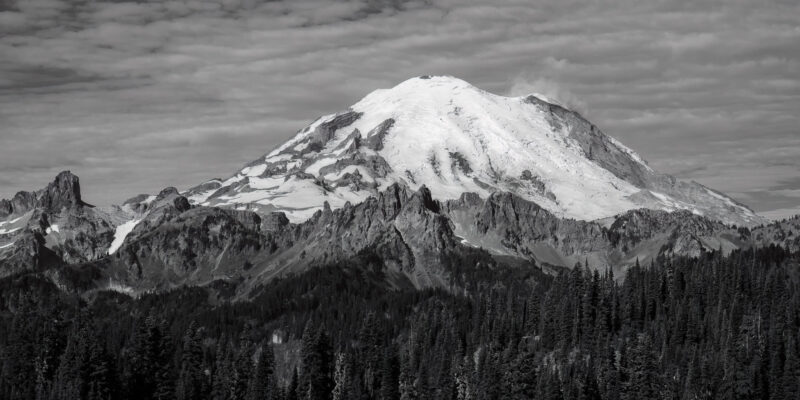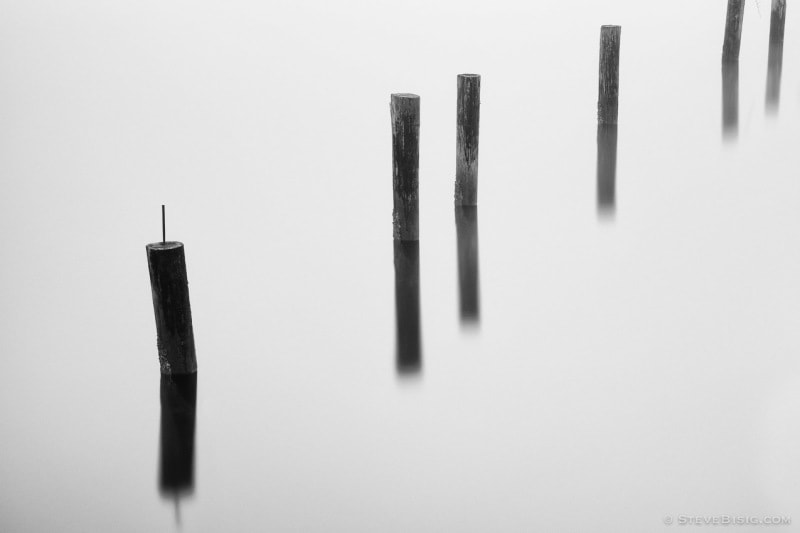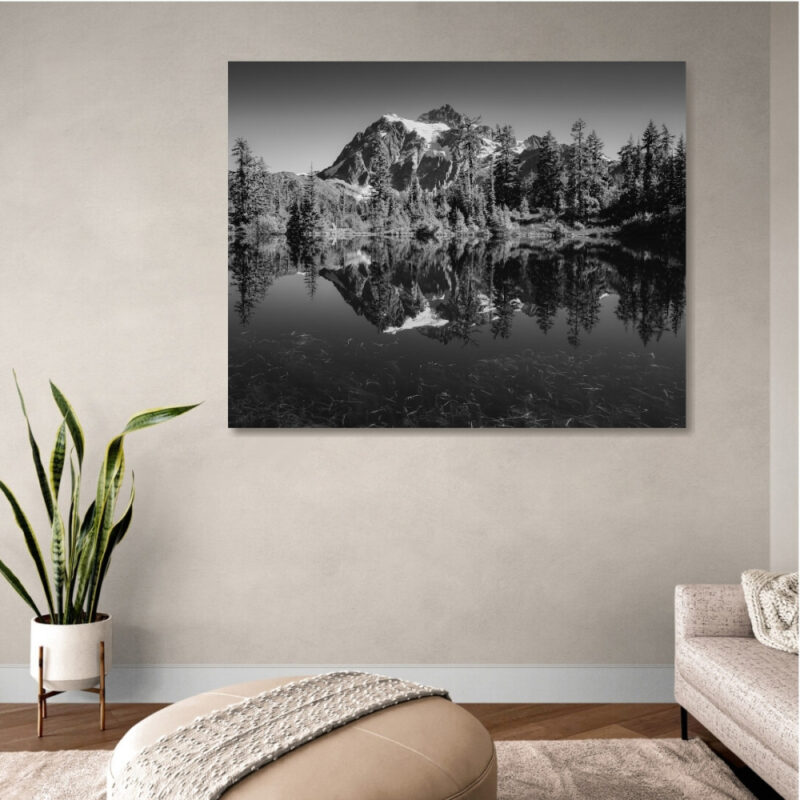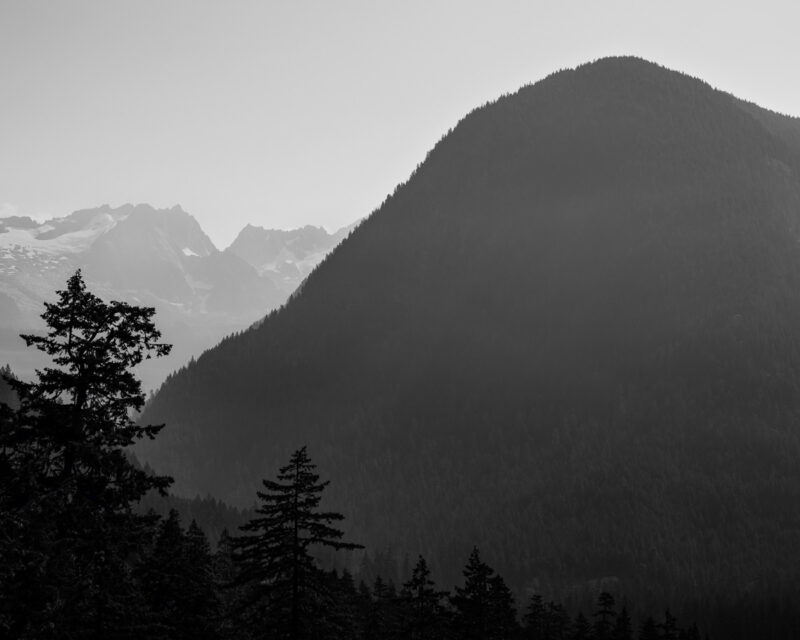In photography and interior design, contrast and depth shape how we perceive space. While many believe that light colors make rooms feel larger, some designers argue that darker tones create a similar illusion—but in a different way.
Like black and white photography, where shadows and highlights work together to add depth, dark walls can create dimension, making a space feel expansive rather than confined.
The Power of Depth and Contrast
Think about a striking black-and-white photograph. The deep blacks don’t overwhelm the image—they enhance it, adding drama and leading the eye through the composition. Dark walls work the same way. Absorbing light reduces harsh reflections and makes the room’s design pop.
Painting the walls, ceiling, and trim in the same deep shade can create a seamless effect, eliminating visual breaks. This technique tricks the eye into seeing the space as more expansive—just as a dark background in photography can make a subject appear more defined and three-dimensional.
Light vs. Dark: What Story Are You Telling?
Color (or the lack of it) sets the mood. Like bright, high-key photography, light walls create an open, airy feel. They reflect natural light, making a space feel breezy and ethereal.
On the other hand, dark walls, much like low-key black-and-white photography, add richness and sophistication.
They draw focus, create depth, and transform an ordinary space into something moody and compelling. The choice depends on the story you want to tell. Do you envision a bright, expansive atmosphere, or are you drawn to a space with bold character and a sense of mystery?
The Perfect Backdrop for Art and Photography
One of the most compelling reasons to embrace dark walls is their ability to showcase art—especially black-and-white photography. Just as a deep black background enhances highlights in a portrait, a dark-painted wall makes framed prints and canvases pop. The contrast intensifies details, giving images a gallery-like presence.
On the other hand, lighter walls create a softer, more blended effect, allowing artwork to integrate seamlessly into the space rather than command attention. Both approaches can be visually striking—it depends on how much you want your art to stand out.
Would You Go Bold?
While painting a room black may seem daunting, a well-planned approach can yield stunning results. Just like in photography, achieving balance is key. Thoughtful lighting, well-placed highlights, and contrasting textures ensure a dark room feels inviting rather than overwhelming. With the right design elements, dark walls can be just as practical and visually appealing as light ones.
So, what’s your take? Would you embrace dark walls as a backdrop for your art and photography? Do you think black and white photography brings a unique magic to interior spaces? Let’s continue the conversation!
Further Explorations:
Bring Rhythm to Your Home with Art

